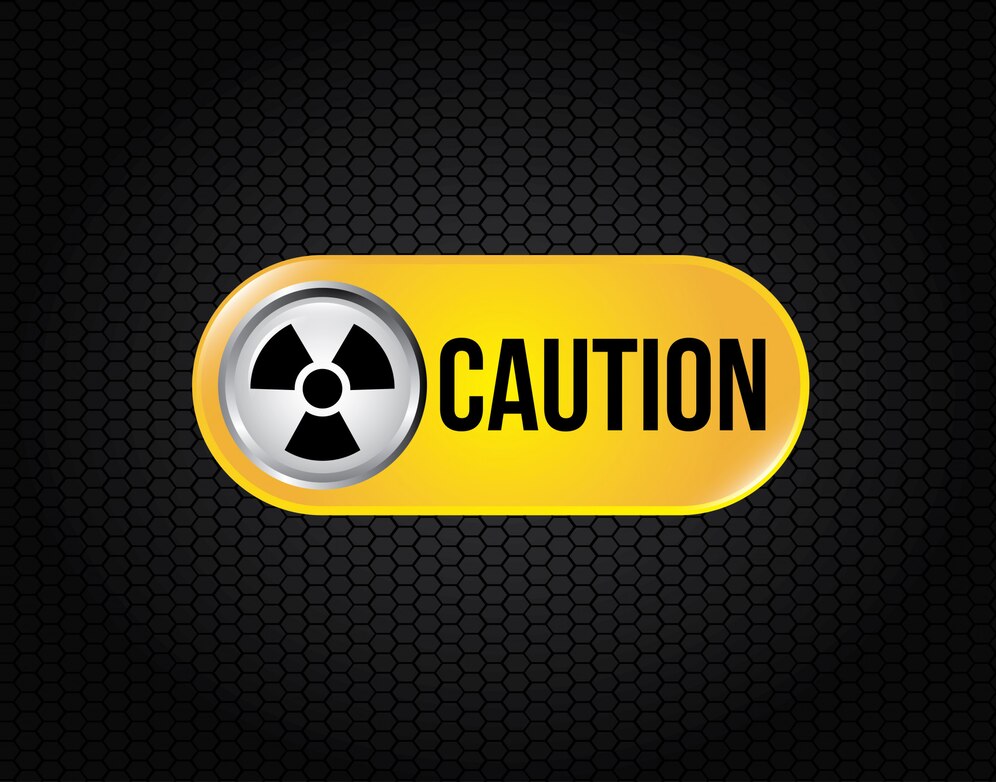When managing chemical waste, proper labeling is critical for safety, compliance, and environmental protection. However, not all information is necessary or appropriate to include on a chemical waste label. Understanding what to omit is just as important as knowing what to include, ensuring clarity, preventing information overload, and maintaining focus on the essential details that characterize and ensure the safe handling of the waste. This article explores the elements that are not required on a chemical waste label, shedding light on best practices for effective waste management communication.
Unnecessary Personal Information
While accountability and traceability are important in chemical waste management, including specific personal information such as the names or contact details of individuals who handled or disposed of the waste is not necessary on the waste label. Such details do not contribute to the safe handling or processing of the chemical waste. Instead, waste management protocols should ensure proper documentation is kept internally, linking waste to its origin without exposing personal information on the label.
Non-Relevant Chemical Properties
A chemical waste label must highlight relevant properties that affect how the waste should be handled, stored, and disposed of. However, including exhaustive chemical properties or data irrelevant to waste management, such as the melting point, boiling point, or detailed chemical structure, can clutter the label and detract from critical safety information. The focus should be on hazardous properties, reactivity, and any specific storage or disposal instructions necessitated by the waste’s nature.
Detailed Chemical History
The history of the chemical’s use or the process that generated the waste is generally not necessary for the waste label. While the origin might be interesting or useful in a research or process improvement context, it does not typically influence the waste’s handling requirements. Information on a label should be limited to that which directly informs safe and compliant waste management practices.
Marketing or Brand Information
Any marketing information, including brand names or product promotions, is superfluous on a chemical waste label. The label’s purpose is to communicate hazards and handling instructions to ensure safety and regulatory compliance, not to serve as an advertisement. Including such information can cause confusion and dilute the critical messages that the label needs to convey about the waste’s characteristics and risks.
Redundant Regulatory Codes
While certain regulatory codes and symbols are essential for classifying and communicating the nature of chemical hazards, including redundant or irrelevant codes can lead to confusion. Regulatory information should be limited to that which applies to the chemical waste’s storage, transportation, and disposal. For instance, including codes that pertain solely to the transportation of new chemicals rather than waste materials could mislead or confuse waste handlers.
Clarity in Chemical Waste Labeling
Effective chemical waste labeling is about balance—providing enough information to ensure safety and compliance without overwhelming or confusing the reader with irrelevant details. By focusing on the essential elements that directly impact the waste’s safe handling, storage, and disposal, facilities can maintain a high standard of safety and environmental stewardship. Understanding what not to include on a chemical waste label is a key part of this process, ensuring that the information provided is both useful and necessary for protecting human health and the environment.
